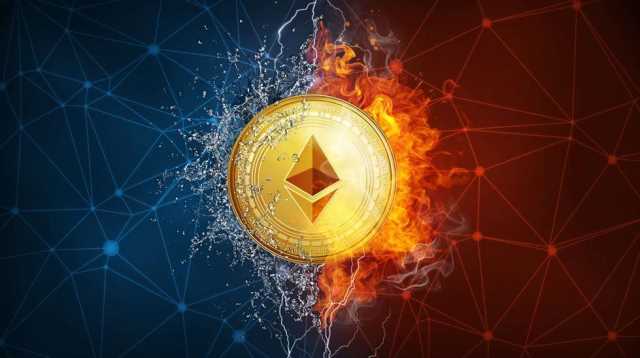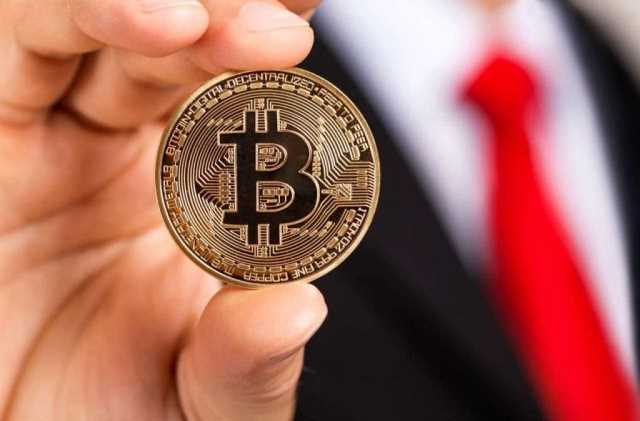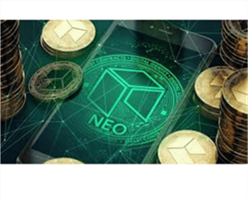
Since everyone has access to the same ledger and no one person or institution controls it, the blockchain is decentralized. This makes the blockchain different from financial institutions like banks, because banks have control over transactions. Using legacy systems, Bob would send his payment to a third party—a bank or financial institution—that would take full custody of his funds and transfer those funds to Alice. In the case of blockchains, Bob sends money directly to Alice’s account without a centralized intermediary, but with full assurances that funds are transferred between accounts. The transaction takes place in a decentralized manner, without any intermediaries involved, enforced by deterministic processes secured by cryptography, encryption, math, and physics. In choosing a blockchain platform, an organization should keep in mind which consensus algorithm to use.
Supply Chain Monitoring

Consortiums are a combination of public and private blockchains and contain centralized and decentralized features. “The easiest way is to purchase cryptocurrencies, like Bitcoin, Ethereum and other tokens that run on a blockchain,” says Gray.Another option is to invest in blockchain companies using this technology. For example, Santander Bank is experimenting with https://www.tokenexus.com/ blockchain-based financial products, and if you were interested in gaining exposure to blockchain technology in your portfolio, you might buy its stock. Some digital assets are secured using a cryptographic key, like cryptocurrency in a blockchain wallet. In contrast, in a traditional database, if someone makes a mistake, it may be more likely to go through.
Learn more about blockchain technology

Crypto projects known as stablecoins have sought to take on this issue with mechanisms intended to peg digital assets to the value of the dollar or other fiat currencies and commodities. All transactions on the Bitcoin blockchain are recorded on computers across the network. There are several different kinds of blockchains, like public blockchains and consortium blockchains, but they all share some key core elements. The data contains information that needs to be kept on the blockchain’s ledger.
Advantages of Blockchain
The original Bitcoin software was released to the public in January 2009. Learn how our clients are revolutionizing their organizations by using IBM Blockchain to gain tangible business outcomes. Industry leaders are using IBM Blockchain to remove friction, build trust, and unlock new value. The Home Depot is using IBM Blockchain to gain shared and trusted information on shipped and received goods, reducing vendor disputes and accelerating dispute resolution. Coli, salmonella, and listeria; in some cases, hazardous materials were accidentally introduced to foods.
These built-in protocols keep all in-network nodes in agreement on a single data set. No blocks can be added to the blockchain until it is verified and has reached consensus. Luckily, this step has been sped up with the advent of smart contracts, What is Blockchain which are self-executing programs coded into a blockchain that automate the verification process. The cryptocurrency industry made blockchain something of a household term; decentralized and traditional finance may soon follow crypto’s cue.
Blockchain Companies Paving the Way for the Future
They are best known for their crucial role in cryptocurrency systems for maintaining a secure and decentralized record of transactions, but they are not limited to cryptocurrency uses. Blockchains can be used to make data in any industry immutable—the term used to describe the inability to be altered. A blockchain is a digital ledger that is stored and maintained by a decentralized network of computers.
- NFTs, for example, require at least 35 kWh of electricity each, emitting as much as 20 kg of CO2 apiece.
- When looking to the future, it is safe to assume that blockchain will completely repurpose the way our corporate data is housed, distributed, and defended.
- This is currently very popular with digital assets like NFTs, a representation of ownership of digital art and videos.
- NerdWallet, Inc. is an independent publisher and comparison service, not an investment advisor.
Bitcoin For All: How Cash App is Redefining the World’s Relationship With Money
- This could become significantly expensive in terms of both money and physical space needed, as the Bitcoin blockchain itself was more than 581 gigabytes on June 29, 2024—and this blockchain records only bitcoin transactions.
- Bitcoin has a native currency—BTC—with built-in distribution mechanics and financial incentives to keep the network operational without a central coordinator.
- A deeper dive may help in understanding how blockchain and other DLTs work.
- Even though Bitcoin and other cryptocurrencies can be used to purchase goods and services, the lack of widespread adoption makes Bitcoin more like gold — a means of storing value.
- Governments like to have control over how people perform financial transactions, which includes knowing the identity of those receiving or sending money — or interacting in other ways, such as verifying where food was grown.
The original idea for blockchain technology was contemplated decades ago. A protocol similar to blockchain was first proposed in a 1982 dissertation by David Chaum, an American computer scientist and cryptographer. Scott Stornetta expanded on the original description of a chain of blocks secured through cryptography.